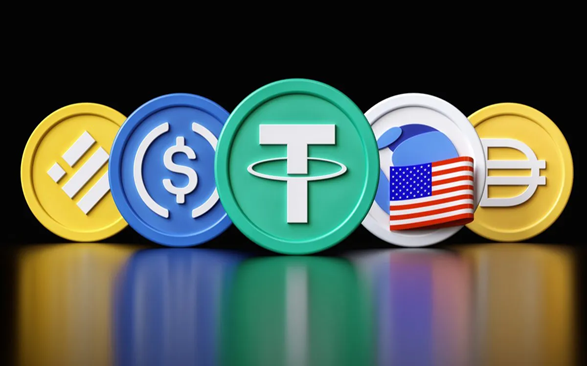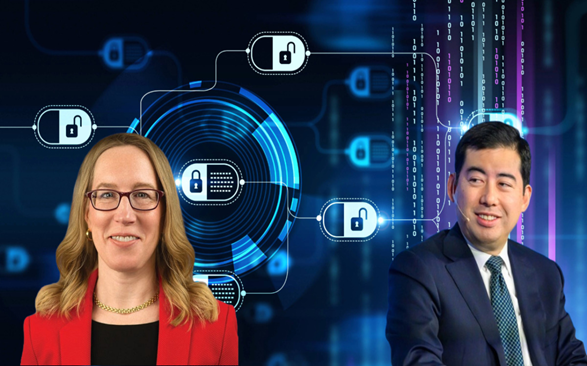In a landmark statement, the U.S Securities and Exchange Commission (U.S SEC) has announced that “Covered Stablecoins”—digital assets backed one-to-one by liquid, high-quality assets—will not be considered securities in the United States, eliminating the need for registration with the U.S SEC.
This move marks a significant shift in the regulatory landscape, providing much-needed clarity for investors, financial institutions, and crypto issuers operating in an uncertain environment.
What are “Covered Stablecoins”?
According to the SEC, Covered Stablecoins are designed to maintain a stable value relative to the US dollar, backed by low-risk assets held in reserve. They can be minted or redeemed on a one-for-one basis with USD, allowing for easy exchange. Key characteristics include:
- Backed by low-risk assets: Held in reserve to ensure stability
- Minted and redeemed on a one-for-one basis: With USD, allowing for easy exchange
- Fixed-price, unlimited mint-redeem structure: Allowing for arbitrage to maintain price stability
- Designated intermediaries or holders: Can engage in arbitrage to keep market price stable
- Market price can fluctuate: On secondary markets, but arbitrage helps maintain stability relative to redemption price
Read also: Introduction to Stablecoins: USDT, USDC, and BUSD
SEC’s Statement: A Turning Point for Stablecoins
The U.S SEC’s position is based on the Reves and Howey tests, the proper interpretation of which determine that Covered Stablecoins are not securities because they are primarily used for everyday transactions, not for profit-making like regular investments.
The U.S SEC stated that these coins are not intended to generate earnings, interest, or grant holders any ownership or voting rights, but rather serve as a means of payment, value storage, and transmission.
Read also: The US Government harnesses stablecoins to bolster Dollar’s global dominance
Industry Reactions
Coinbase CEO Brian Armstrong expressed concerns about the implications of this ruling, stating that consumers should be allowed to earn interest on stablecoins. “U.S. stablecoin legislation should allow consumers to earn interest on stablecoins,” he said. “The government shouldn’t put its thumb on the scale to benefit one industry over another.”
Heath Tarbert, President of Circle, welcomed the clarity provided by the U.S SEC, noting that stablecoins backed one-for-one with high-quality liquid assets, like USDC, are not securities.
Read also: Stablecoins in the European Market: MiCA, Tether, and Potential impacts on USDT
Can the U.S SEC’s position impact stablecoin regulations in other jurisdictions?
The U.S SEC’s statement on stablecoins sets a significant precedent for global regulators. By clarifying that “Covered Stablecoins” are not securities, the U.S SEC provides a framework for other jurisdictions to follow, potentially paving the way for widespread adoption.
Here’s why other regulators may consider adopting a similar stance:
- Consistency and Clarity: A unified approach to stablecoin regulation would reduce confusion and uncertainty, allowing investors and issuers to operate with confidence.
- Reduced Regulatory Fragmentation: By following the U.S SEC’s approach, regulators around the world can minimize the risk of conflicting regulations and oversight, creating a more cohesive global environment for stablecoins.
- Increased Innovation: Clear guidelines would foster innovation, enabling the development of new stablecoin-based products and services that can benefit consumers and businesses worldwide.
- Enhanced Financial Inclusion: Stablecoins can facilitate cross-border transactions and provide access to financial services for underserved populations. A consistent regulatory approach can help unlock these benefits.
Other jurisdictions may draw inspiration from the U.S SEC’s decision, considering the following key aspects:
- Risk-Based Approach: Regulators can focus on addressing specific risks associated with stablecoins, such as anti-money laundering and know-your-customer requirements.
- Collaboration and Coordination: International cooperation among regulators can help establish common standards and best practices for stablecoin oversight.
- Flexibility and Adaptability: Regulators should remain open to adjusting their approaches as the stablecoin market evolves, ensuring that regulations remain effective and relevant.
By embracing a similar stance to the US SEC, regulators worldwide can create a more favorable environment for stablecoins, promoting innovation, financial inclusion, and stability in the global financial system.
Read also: Stablecoins for stable markets: Why regulators should put market stability first
Impact on the Market
This ruling has significant implications for the trillion-dollar stablecoin market. With clear guidelines in place, investors and issuers can navigate the market with greater confidence. However, not all stablecoins will qualify for this exemption.
As the regulatory landscape continues to evolve, one thing is certain – the future of stablecoins has never been more promising. Undoubtedly, it will help reduce compliance burdens and increase the product-to-market journey for stablecoin innovators in the US, significantly improving global competitiveness. With the U.S SEC’s statement, the industry is one step closer to mainstream adoption, and the possibilities for innovation are endless. The full statement by the U.S SEC is published here.
Read also: US Dollar Stablecoins hit $230 Billion, dominated by professional flow
Discover more from Crypto Asset Buyer
Subscribe to get the latest posts sent to your email.




